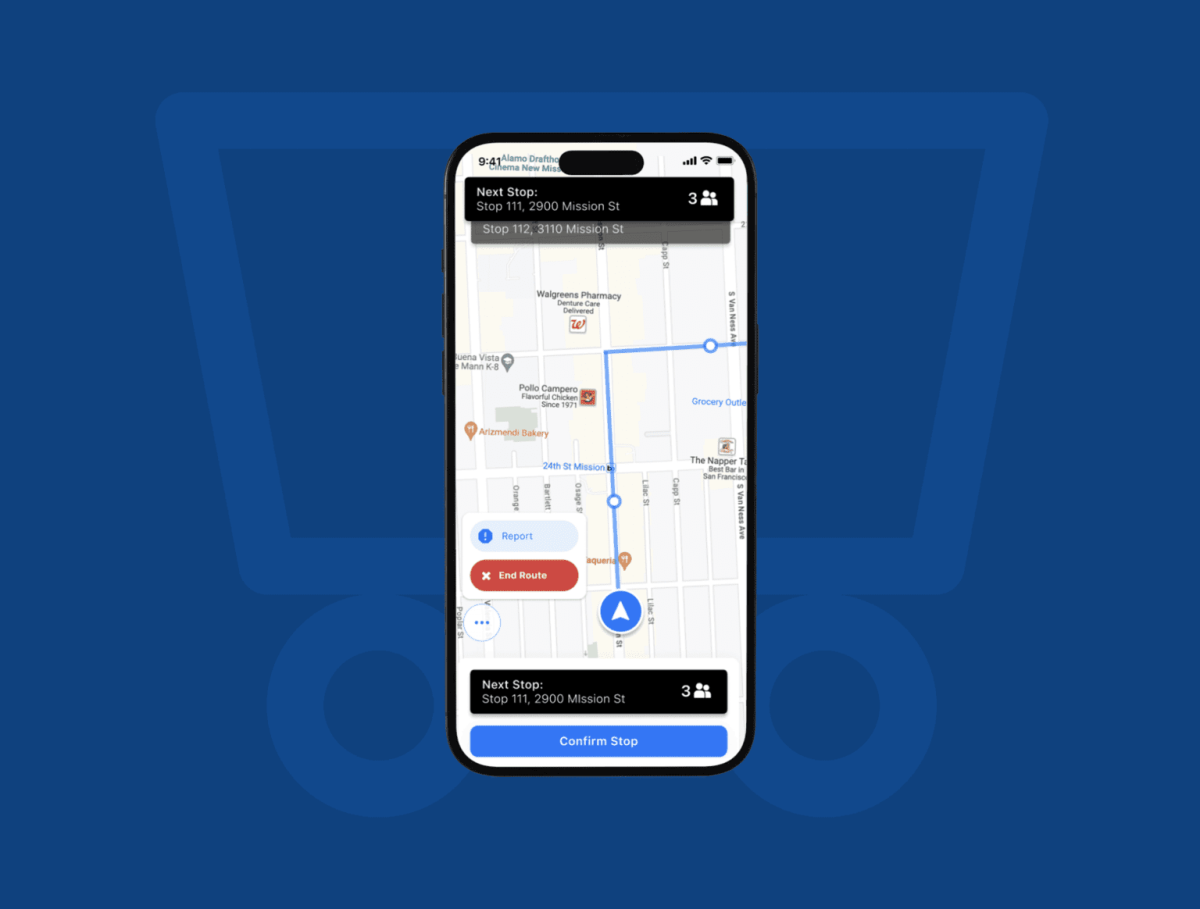Workplace Shuttle Management: Why Tracking Technology Improves Safety And Transparency
How Tracking Technology Transforms Safety and Transparency
All aspects of the shuttle experience are transformed with the introduction of live data, automation, and digital insight. The following are the major areas in which tracking tools can make a quantifiable difference.
Real-Time Tracking Eliminates Guesswork
The commuters should not make guesses about whether their shuttle is late or not. The use of real-time tracking tools extends to providing employees with real-time information on the shuttle's location, arrival times, and any delays.
Being aware of the shuttle's location gives a sense of control and reduces stress associated with commuting. On the administrative side, transport managers can check all vehicles in real-time, making changes as needed. The knock-on effect of this transparency is obvious: better timeliness, reduced support tickets, and increased confidence in the system.
Safer Commutes Through Intelligent Alerts
Speeding, detours, and unusual stoppage durations pose risks. The tracking systems monitor driver and route compliance, issuing sound alerts when safety regulations are violated.
Such alerts enable supervisors to respond in a timely manner and assess the situation before it escalates into a serious problem. To give an example, when a shuttle moves out of the track or stays in one position long enough, it can be flagged within seconds. Workers feel secure, as they can be assured that there is someone concerned about their safety.
Route Optimization Based on Data
Manually scheduled routes often lead to bottlenecks, delays, and dissatisfied commuters. Tracking technology leverages historical data and current trends to recommend optimal routes, strategic stop locations, and efficient pickup times.
Instead of following old practices, transport teams can apply these ideas to minimize time and prevent congestion in areas that are likely to be congested. This will result in fewer rides and more predictable schedules for employees. Workplace Shuttle Management becomes smoother and smarter every week.
Driver Accountability Without Micromanagement
The tracking software establishes a fair system for monitoring the driver's performance, eliminating the need for continuous supervision. Measures such as harsh braking, sudden acceleration, speeding, and route deviation are automatically recorded.
Drivers are aware that their work is being evaluated on a regular basis, which motivates them to drive responsibly. Meanwhile, companies will be able to reward top-performing drivers and find those who might require further training. The outcome is a shuttle service with professionals who realize that safety is not an option.
Transparent Attendance and Boarding Records
Traditional paper logs or verbal confirmations are unreliable. Digital check-in features, combined with shuttle tracking platforms, produce a stable attendance record each time an employee boards.
Managers will be able to determine who is on which shuttle, ensure that a person arrives at the right time, and access historical ride data to audit or answer HR questions. It is no longer a game of searching for information; rather, everything is at your fingertips. Transparency like this removes friction and strengthens operational trust.
Faster Response During Emergencies
Emergencies demand fast, accurate decisions. With the tracking tools in operation, teams can determine the precise location of any shuttle at any given moment, as well as the driver's contact information and the list of passengers.
This eliminates a significant amount of time in the event of a breakdown, accident, or sudden stop. Coordinators can divert backup vehicles, inform passengers, and liaise with support services all in real-time. It is the type of control that reduces panic and increases safety.
Integrated Reporting That Supports Long-Term Planning
It is useful to watch a live map, but tracking platforms take it a step further. They save the information about all trips, drivers, and routes, leaving managers with the opportunity to identify trends and implement informed decisions.
In the event of a delay in one of the routes, it is possible to reconsider it. If a shuttle is underused, capacity can be reallocated. In the long run, Workplace Shuttle Management becomes not a daily operation but a data-driven activity that can be measured in terms of performance.
Conclusion
The use of tracking technology is not about making things complex; it is about eliminating uncertainties and introducing visibility. Firms that invest in enhanced shuttle supervision are not merely transporting individuals; they are also providing a valuable service. They are showing concern, effectiveness, and dedication to quality.
In an era where employee experience and safety levels are no longer optional, Workplace Shuttle Management, powered by smart tracking, is not a luxury; it is a minimum requirement to do things right.
